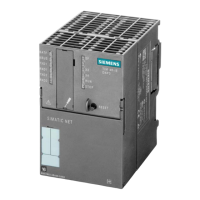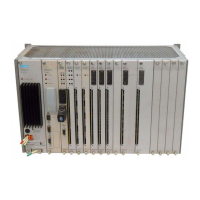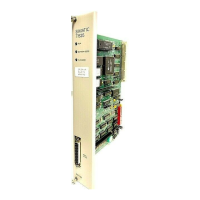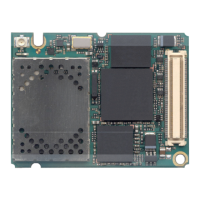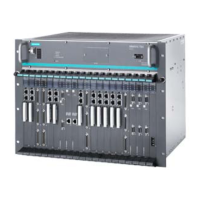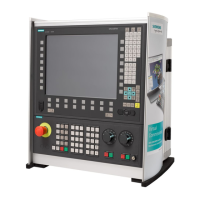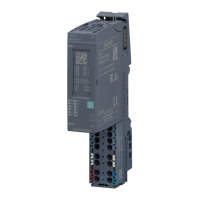The SINAUT Configuration Tool
6.6 TD7onTIM
TIM DNP3
194 System Manual, 06/2014, C79000-G8976-C253-03
The following options are available:
DB: Data block
Memory bit: Memory bit area
Output: Process output image (PIQ)
Specifies the DB number in the CPU if the data block memory area (DB) was
selected
Input box for the byte number in the selected memory area
In the 8 selection boxes, the communications partners to be monitored are
assigned to the 8 status bits of the output byte. The list bo
xes display only
the partners with which the TIM can actually communicate; in other words, to
which a connection was configured.
Status = 0: Problem on partner or bit not assigned
OpInputMonitor indicates the status of operator input to the CPU when a command, setpoint
or parameter is input. The current status can be displayed to the operator for each user
program in a suitable form, for example using the LEDs, on an operator panel etc.
tor is not normally used when using DNP3.
The OpInputMonitor system object can only be included once per subscriber with TD7onTIM.
TD7onTIM should therefore have the OpInputMonitor system object added when one or
more of the following objects is used with this TD7onTIM:
● Set01W_S (Setpoint object for send direction)
● Par12D_S (Parameter object for send direction)
Check for the input time of hardware inputs
The OpInputMonitor is recommended particularly when commands are entered over digital
inputs, for example using buttons connected to them. This also applies to the situation when
setpoint and parameter entries are transmitted as the result of the send trigger signal and
when this triggering is over a digital input, for example, once again using a button.
Using OpInputMonitor reduces the risk of incorrect input when the entries are made over
digital inputs. For these inputs, the "minimum input time" can be specified for
OpInputMonitor, in other words, the button must be pressed for the minimum time.
Accidental activation of a button does not then lead to unwanted command, setpoint or

